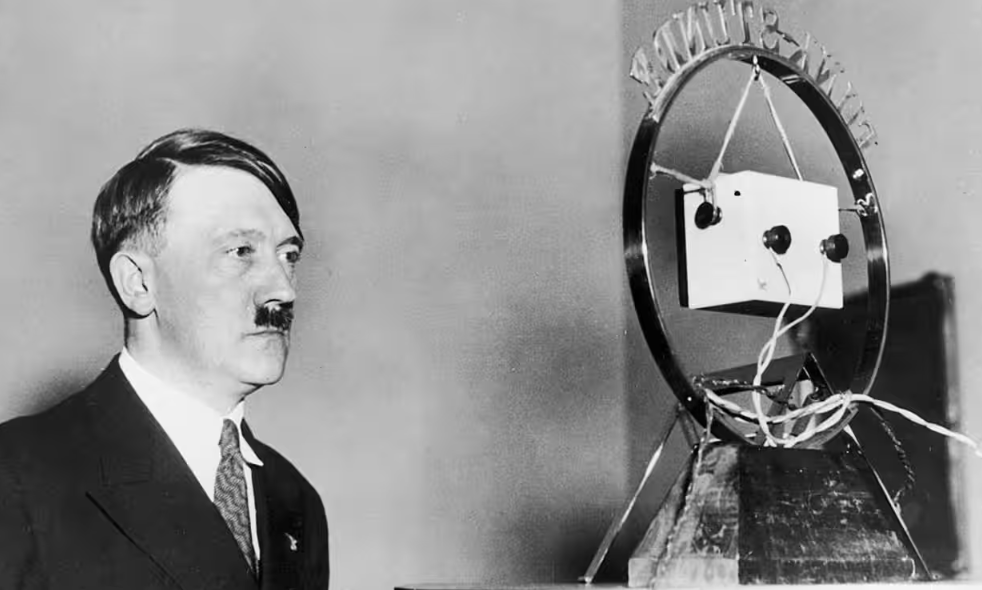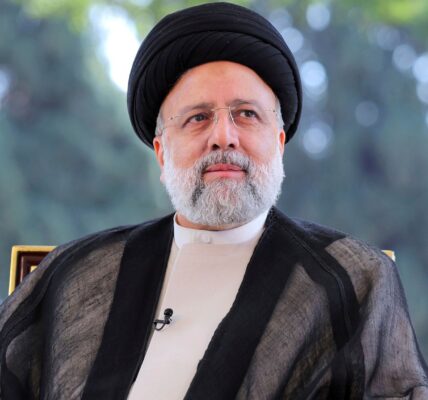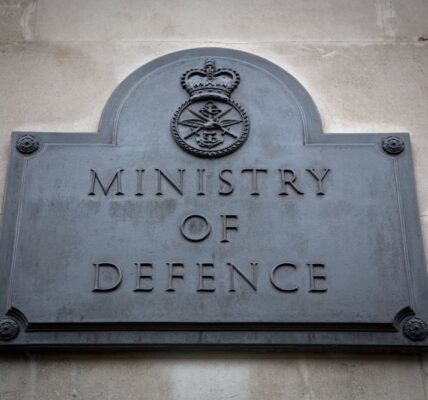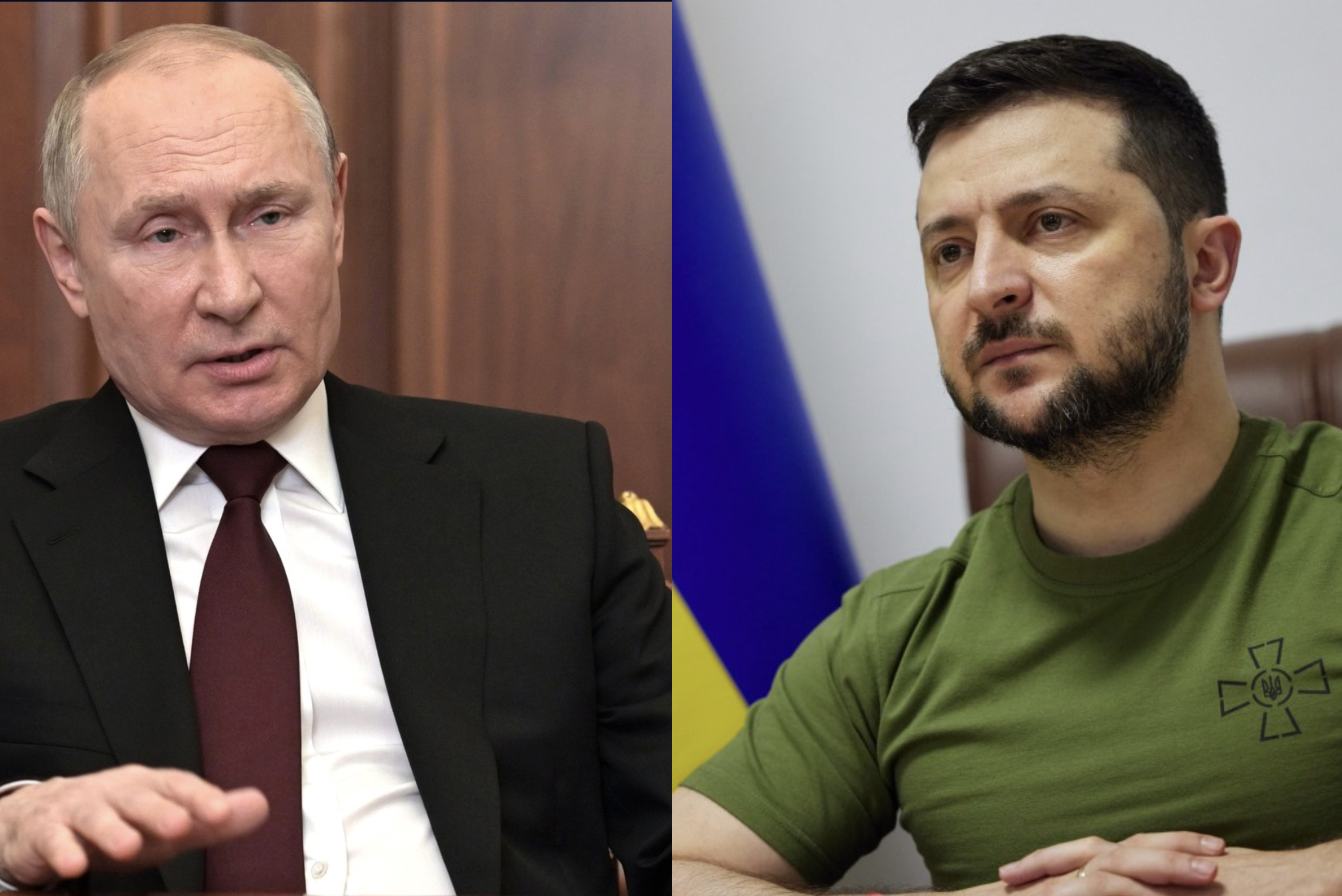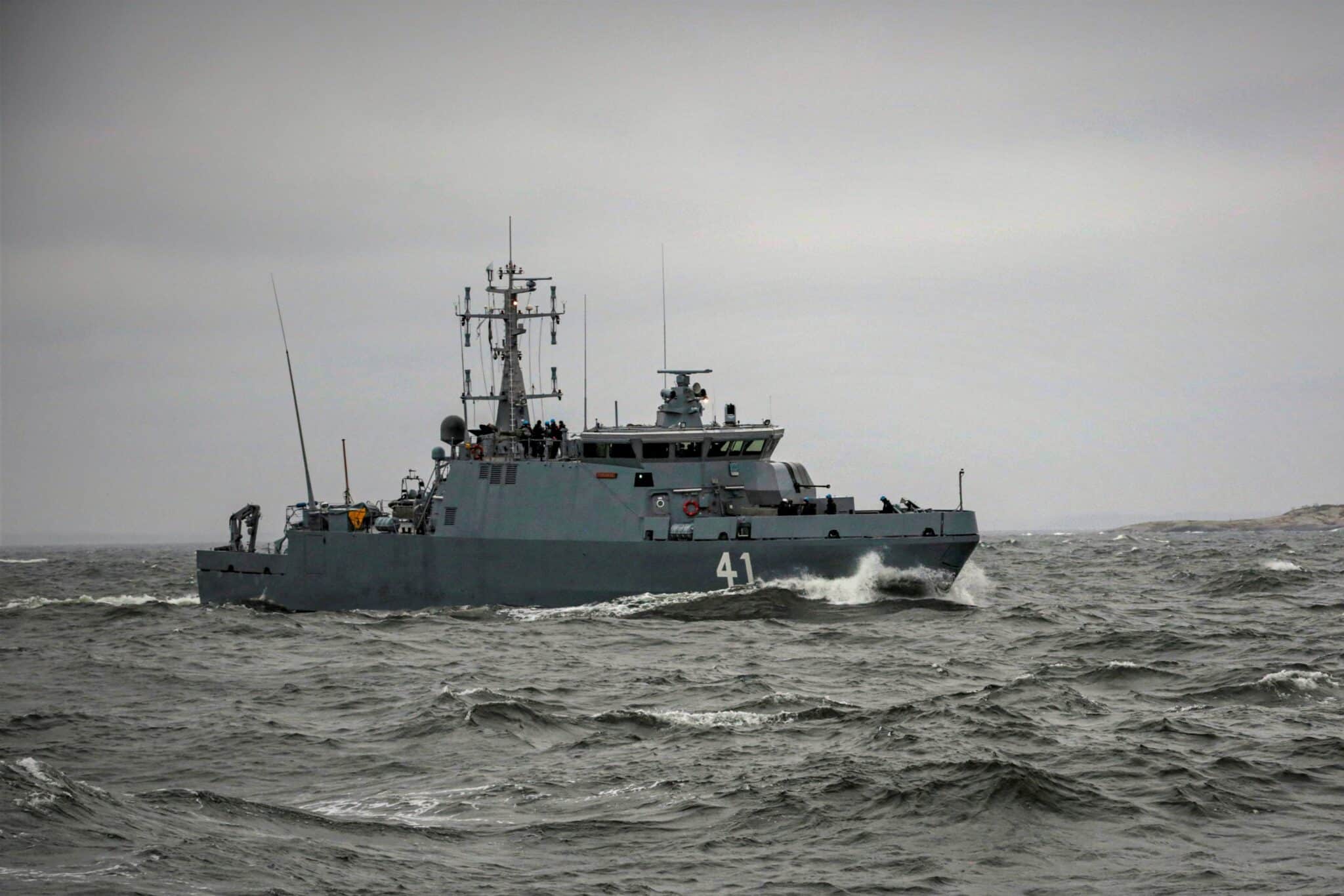The untold story of how a British spy infiltrated the senior ranks of the Nazis
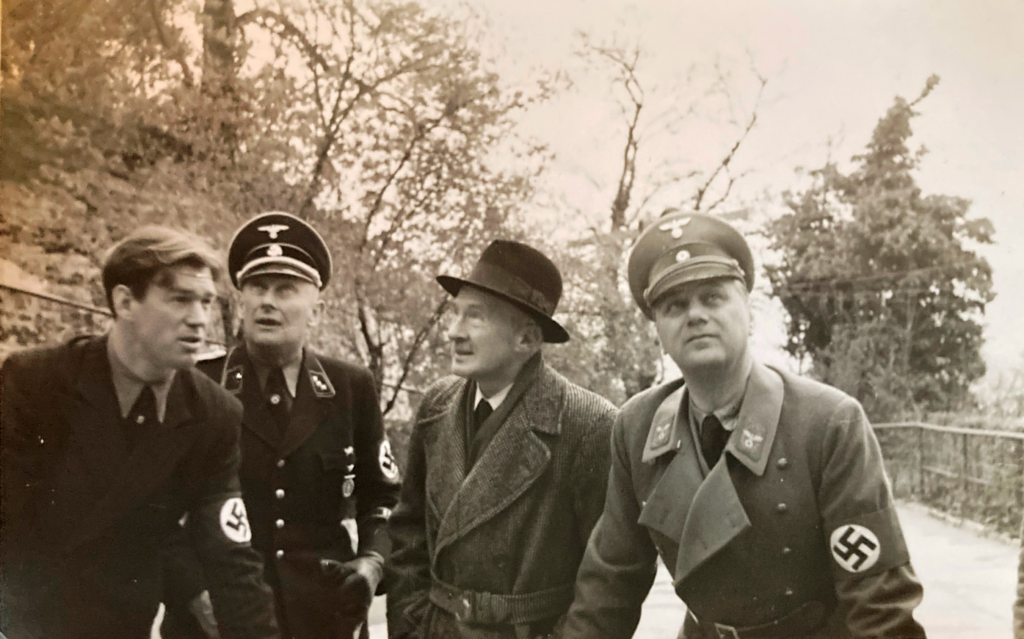
A new book has revealed the untold story of an agent who spent years close to senior Nazis, providing key intelligence that helped Britain rearm and prepare for war against Germany.
Author Tim Willasey-Wilsey’s book, The Spy and the Devil, charts the life of Bill de Ropp, who managed to infiltrate Nazi leader Adolf Hitler’s inner circle and obtained vital military secrets.
De Ropp’s success helped transform MI6 from an often-overlooked arm of Whitehall into a vital part of the UK’s national security policy-making.
As the author explains in the book, de Ropp was an unlikely spy. Born in modern-day Lithuania to a Prussian aristocratic lineage, he was educated in Dresden before moving to Britain, studying at the University of Birmingham, and eventually becoming a British citizen.
He served with the Royal Flying Corps in the First World War—not as a pilot, but as an observer calling in artillery fire on enemy positions from a kite balloon high above the front line. The role was extremely dangerous, with survival rates often measured in days.
After the war, de Ropp was recruited by the SIS in 1919. One of his key strengths was his fluency in four languages, including flawless German.

Mr Willasey-Wilsey, who served in the Foreign Office for 27 years, told National Security News’s The Security Podcast that he first learnt about de Ropp while reading MI6: The History of the Secret Intelligence Service by Keith Jeffrey.
“Halfway through the chapter on Germany in the 1930s, it mentioned that one agent, Bill de Ropp, provided 70 per cent of the intelligence on Nazi Germany,” he told the podcast.
“That is an astonishing amount of intelligence, and it made me wonder why Bill is only given six pages in an 840-page book—so I felt this required looking into.”
With the rise of the Nazis in the 1930s, MI6 began to take an increasing interest in Germany, and de Ropp was tasked with getting close to the regime, with the ultimate aim of meeting Hitler.
He added: “There is an absolutely thrilling period when he [de Ropp] navigates towards Hitler. And this is an espionage masterclass—how to do it, how to get to your target, who is Adolf Hitler.
“At no stage did he say to anybody: ‘I want to meet Adolf Hitler.’ That’s important. In espionage, when the authorities start to get suspicious, they always go back to that first question: who made the first move?”
But as the author explains, de Ropp’s aim of getting close to Hitler bordered on the absurd—because he forgot to do some basic research.
Mr Willasey-Wilsey continued: “He had a disastrous first meeting with Hitler. He made a number of schoolboy errors. Firstly, he chain-smoked throughout, not realising that Hitler hated smoke. Secondly, he stood up for the Jews and said, ‘Well hang on a moment. In the British Army, the Jews fought marvellously for the UK. You can’t blame the Jews for everything.’ And of course, that set Hitler off on a complete rant. In fact, it went so badly that de Ropp thought that was the end of it.”
Mr Willasey-Wilsey, who is now a Visiting Professor of War Studies at King’s College London, goes on to explain that there was a much more successful second meeting.
He adds: “There’s this sort of interaction between the two of them, as far as I can gather, and the Nazis see him as someone who can sell their ideas. It’s a very interesting cover role he played. He never hid from anybody that he’d fought for the British Army in the First World War—and that fact never did him any damage.”
De Ropp (or Agent 821, as he was known) stayed in Nazi circles until 1939. As Hitler rose, the spy became a prized MI6 asset. Extra levels of secrecy were introduced to protect him, and he became a vital source on the inner workings of the Nazi Party.
MI6 sent the Foreign Office a memo entitled “What Should We Do?”, which became a driver of Britain’s new foreign policy. The paper was filled with intelligence and policy recommendations—including that the Sudetenland be sacrificed to Hitler, betraying the Czechs. However, this was to buy the time required for MI6’s more essential recommendation: that Britain rearm as fast as possible.
De Ropp managed to remain at the heart of the Nazi Party right up until three days before war was declared. He was actually advised to leave by Alfred Rosenberg, a Nazi ideologist whom he had befriended years earlier.
“‘What Should We Do?’ was the moment when MI6 morphed from being a supplier of low-level tactical intelligence into the geopolitical service it is today,” Willasey-Wilsey said. “That could not have been possible without top-level nation-state reporting. De Ropp was the first of MI6’s nation-state spies.”
The Spy and the Devil is available from May 8th.
Listen to Tim Willasey-Wilsey on The Security Podcast here:

